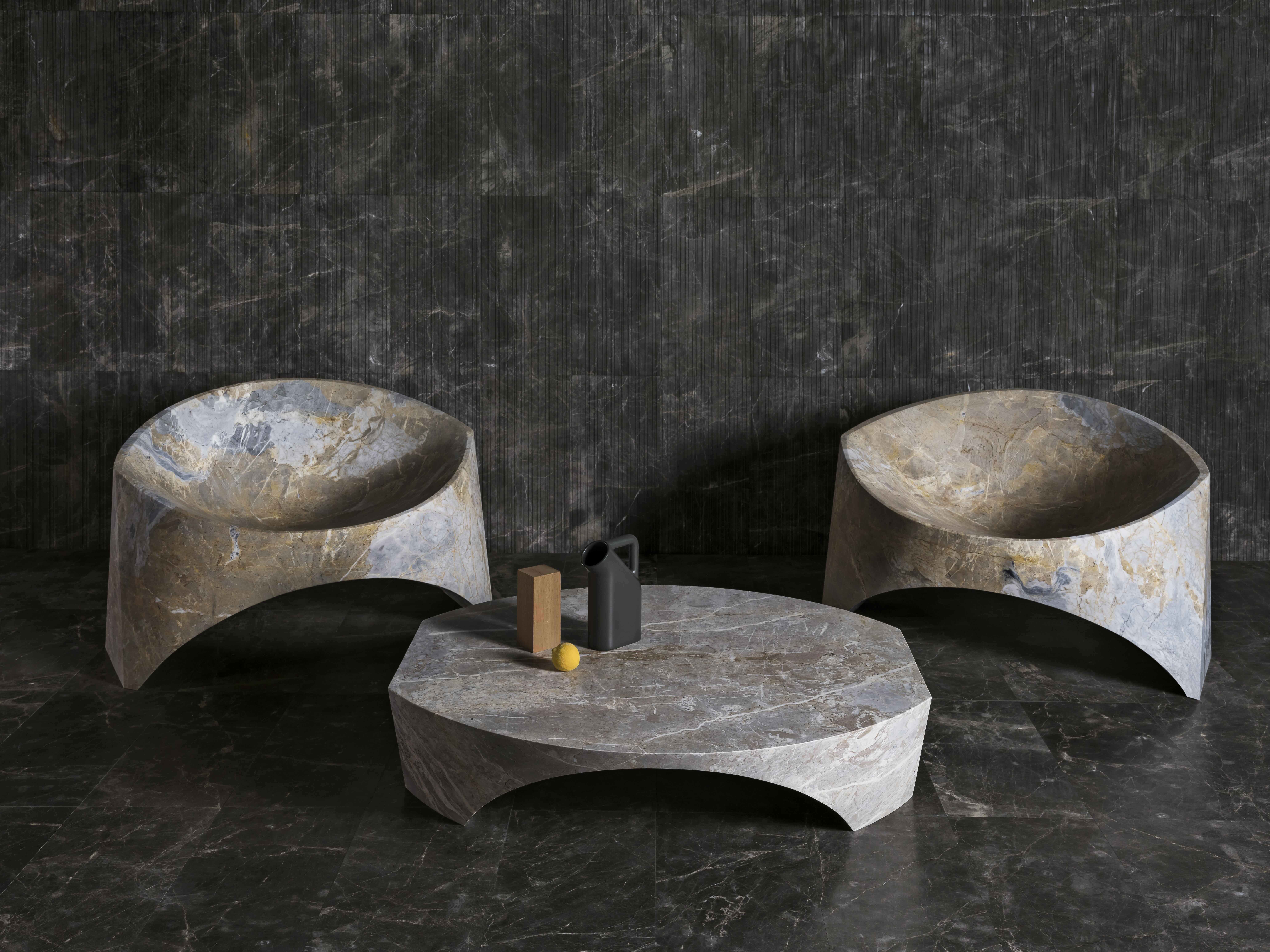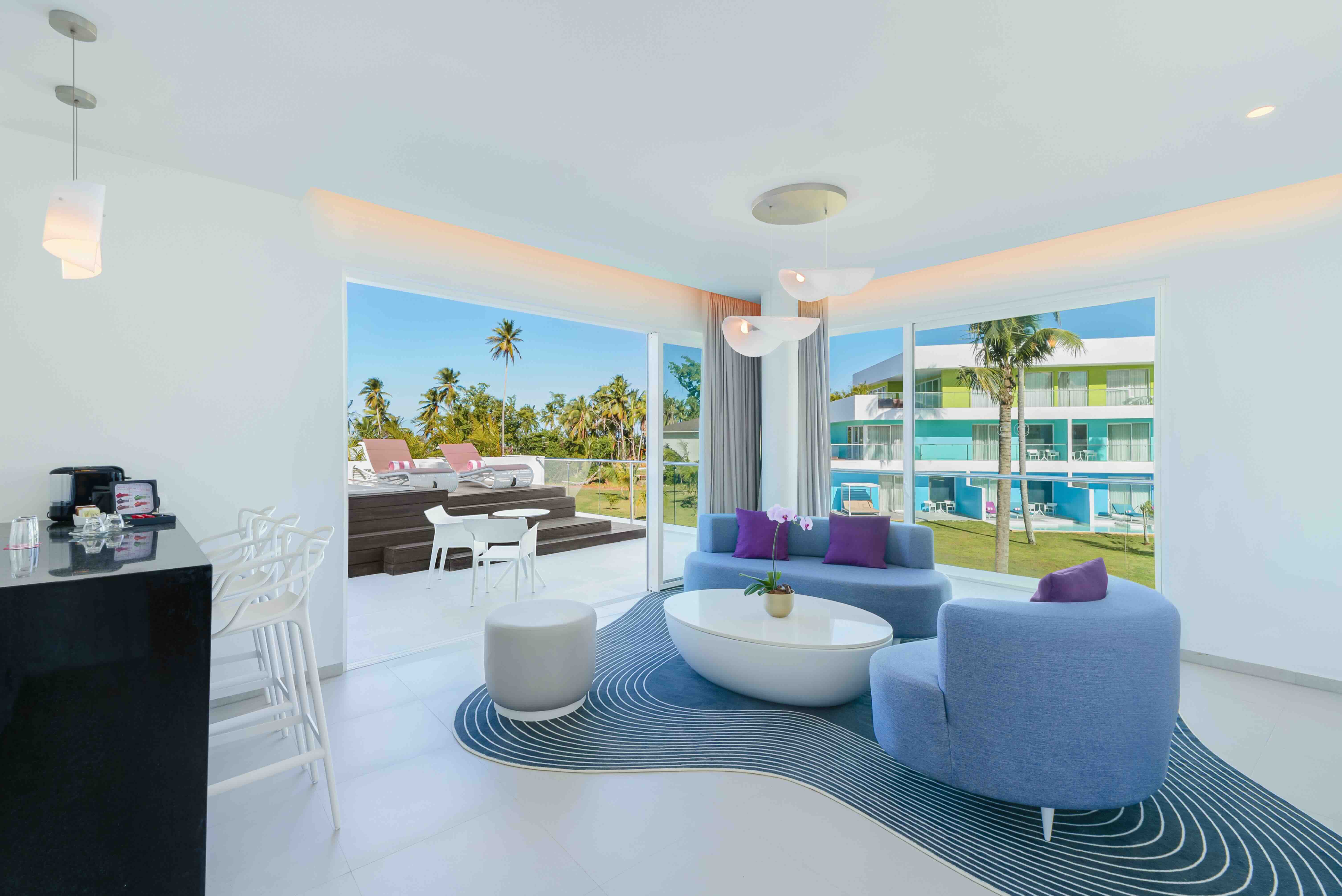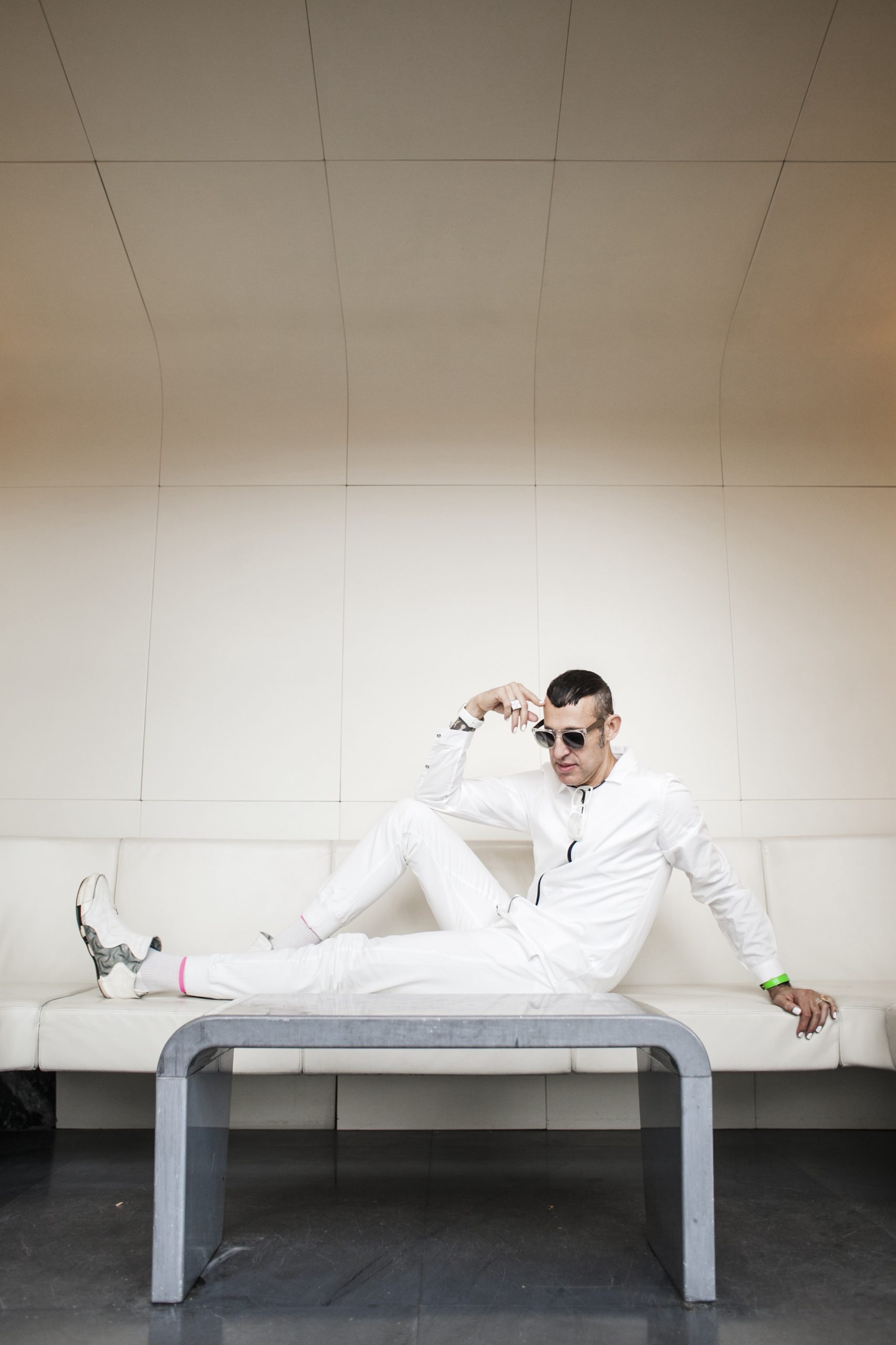Visionary and prolific, Karim Rashid is one of the most unique voices in design today. With more than 4000 designs in production, over 400 awards to his name, and client work in 47 countries, Karim’s ability to transcend typology continues to make him a force among designers of his generation. His award- winning designs include democratic objects such as the ubiquitous Garbo waste can and Oh! Chair for Umbra, interiors for Naples University Metro Station, Radisson, NH Hotel Group, Temptation Resort, and exhibitions for Corian and Pepsi. Karim has collaborated with clients to create democratic design for Method and Dirt Devil, furniture for Artemide and BoConcept, brand identity for Citibank and Hugo Boss, high-tech products for Paul Mitchell and Samsung, and luxury goods for Veuve Clicquot and Issey Miyake, to name a few. Karim’s work is featured in 20 permanent collections, and he exhibits art in galleries worldwide. Numerous awards and accolades including the American Prize for Design Lifetime Achievement award, Red Dot award, Chicago Athenaeum Good Design award, and Pentaward attest to Karim’s contribution to the world of design. Karim is a frequent guest lecturer at universities and conferences, globally disseminating the importance of design in everyday life.
 Karim Rashid – Luce di Carrara
Karim Rashid – Luce di Carrara
-What are the biggest challenges you have encountered in your career?
Well, the chair is always the endless challenge. it is the perfect ideological model of design. it is so difficult to find an original and at the same time authentic way to support our body and back. So, I look toward a new structure, a new form, a new technology or new materials. But honestly the biggest challenge today is making sure we have an original idea for any object or space. Originality is becoming more and more difficult as the digital age offers so many images that it is increasingly difficult to find personal and authentic expression. I suggest not looking at Pinterest and Instagram and finding ideas based on other criteria such as human behavior, function, production skills, etc.
– How did your passion for design and architecture come about?
I am super passionate, hyper motivated, consumed by the need to produce and spread beauty and keep creating. I realized my life’s mission at the age of 5 in London. On Sundays I used to go with my father drawing churches. He taught me how to see-he taught me perspective at that age-he taught me that I could design anything and touch all aspects of our physical landscape. I remember drawing the facade of a cathedral and deciding I didn’t like the shape of the Gothic windows (the pointed tops looked dangerous), so I redrew them. I drew them as ovals. I also remember winning a children’s drawing contest on the Queen Elizabeth when we sailed from London to Montreal in 1966-I drew a luggage because I was really puzzled about how we put all our belongings in some suitcases to go to the new world.
 Karim Rashid – Temptation Resort Miches
Karim Rashid – Temptation Resort Miches
– What is your main source of inspiration?
At this point I don’t know where I got my inspiration from. It is intuitive. But again, intuition is based on all the experiences and knowledge gained over the years. I have been attracted to colors since I was a child. It is inherent to me. I find myself going back to what I always believed in, which was the mundane things around us, things that I felt I could simply improve. Every object, every space in our lives could be inspiring, poetic, beautiful … but the only way to stay is if they actually work.
– What does architecture mean to you?
Design touches all our 5 senses and evolves human behaviors. Design is our cultural shaper and it touches everyone’s life. in effect, it is an improvement for society on a micro scale-macro scale. With architecture, the goal is to create an intense sensory experience. When you design a hotel or restaurant you are talking about an immersive human experience and not just a series of separate projects. When you design a product, it has a singular experience. I can touch many people emotionally, functionally, aesthetically and behaviorally. I try to infuse a positive spirit and beauty into the design world, that is, into your world and the world of those who consume my products or immerse themselves in my environments.

